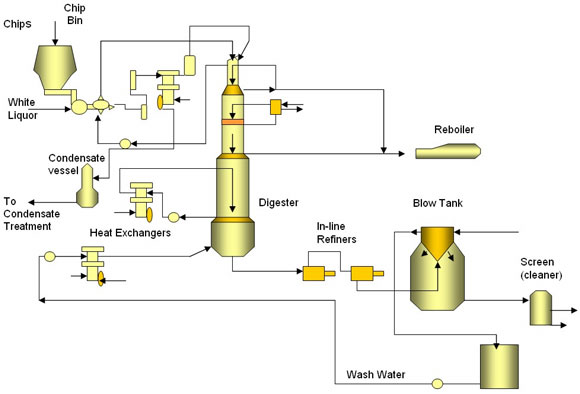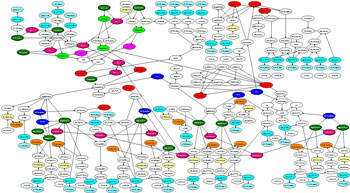|
|||||
Decision Support System for Process Analysis and Supervisionby Galia Weidl The increasing complexity of industrial processes and the struggle for cost reduction and higher profitability means automated systems for processes diagnosis in plant operation and maintenance are required. The system proposed here is designed to address this issue. As system complexity increases, condition monitoring and fault diagnosis become demanding tasks for process operators, who face an overflow of data and may have to undertake extensive searches for unexpected faults. This can lead to work overload and high stress levels. Simultaneously, technical, economical and time constraints on production efficiency and quality require that condition monitoring and adaptation of production and service processes be undertaken on a continuous basis. In this context the ABB group, along with its customers from process industries and the Danish company Hugin Expert, have collaborated on a project (which commenced in 2000) targeting the development of a methodology for root cause analysis (RCA) and decision support on process operation. The author, who was involved in technology evaluation and methodology development while associated with ABB, is now associated with IFF - Stuttgart University and is working on an extension of the methodology to automotive and manufacturing industries and services. It is expected that this extension will be implemented within a European project known as 'The Butler Concept'. Motivation and the Techniques Employed The technology of probabilistic graphical models such as Bayesian networks and influence diagrams have turned out to be the best of a number of alternatives, in the case where high diagnostics capabilities, explanation of conclusions for transparency in reasoning, and trustworthy decision support are expected by the users (process engineers, operators and maintenance crew). Due to the existence of a number of first-level diagnostic tools, the aim has been to provide decision support in process operation. The framework of Bayesian networks has been found to be an efficient and flexible tool in overall-level process operation analysis, since not all conditions are measurable or computable in real time, and the combinatorial reasoning procedure is subject to uncertainties. The development of the methodology incorporated the following system requirements and modelling issues:
These modelling and system requirements have been met in the methodology. This is supported by the integration of the methodology and the Hugin-tool into the ABB Industrial IT platform. This RCA-integration allows efficient data exchange with all available IT-applications, eg distributed control systems, diagnostics of sensors and control loops, and physical-model computations. The infrastructure for applying this methodology in different domains is therefore ready for immediate use. The method and the analyser for producing information have been the subject of five separate patent applications.
The first prototype of the root cause analysis system was tested by ABB with real process data during 2002. The monitoring and root cause analysis of the digester operating conditions in a pulp plant have been chosen as a real-world application (see Figure 1). The structure of one of the developed Bayesian Networks is shown in Figure 2.
The real application development has been closely related with its integration into the Industrial IT platform. The extension includes the use of object-oriented Bayesian networks (OOBN). OOBN facilitate the modelling of large and complex domains and allow reusability. Benefits, Results and Consequences Expected Function - RCA as a Powerful Complement to System Control Links: Please contact: |
|||||




